The straight line belongs to men. The curved one to God.
Antoni Gaudí
To dispense with the perfume quickly. I don’t love it. It’s a plasticky, synthetic powdery sweet orange blossom that gives me a bit of a headache. Tania Sanchez summarises better than I can: “(Classique) may stand forever as the perfect triumph of packaging over contents. … The tiresome fragrance, composed by Jacques Cavallier, who knows better, rivals Amarige in terms of diabolical intent: cloying notes of canned orange sections in syrup collaborate with powerful, powdery vanilla-musks to overwhelm. It manages, amazingly, to be both pungent and thin, like the far end of a cheap dry-down. And it was a huge hit.”
But I love the frosted class curved corset bottle. I am determined to empty mine just to put it on display. Why is this a product design classique? It is memorable, playful and fun, with Jean Paul’s famed sense of humour: the bottle comes in an industrial metal box like a high fashion tin of Andy Warhol beans. It has a sense of nostalgia and a connection to its fashion history, but with a modern twist. The shape is an update of the ‘dress-maker’s dummy’ bottle of Elsa Schiaparelli’s 1937 scent Shocking. Jean Paul Gaultier’s design aesthetic references classic Hollywood glamour and 1950s corsetry (some of the scent inspirations included old theatre curtains, powdered wigs and make up tables), but he’s also known for punk, fetish gear and street style references.

The design fits into the life-long friendship and creative collaboration between Jean Paul and Madonna. She wore his clothes in Desperately Seeking Susan in 1985, modelled for him, and he created her famous pointy cone bra corset in blush pink silk for the 1990 Blonde Ambition tour. The Classique bottle is just a toned down version of that, really.
The bottle is tactile and pleasurable to use, an everyday object that ‘sparks joy’. There is a pleasing touch contrast between the smooth and the frosted glass. The whole thing is curves, no sharp edges, you can wrap your fingers around her dinky waist and hold her satisfyingly in your palm. It is functional: the frosting and curves makes her very easy to grip and spray without dropping. It is such a distinctive shape that a blind perfume lover would be able to identify her within a group of other bottles, no problem.
There is a body of research showing that humans have an innate preference for curves in their visual environment. Gentle curves, waves and spirals are beautiful and soothing to us. (In our primitive brains, we are just thinking about boobies and wanting to get back to our mummies?) Whereas sharp angles, jagged and straight lines make us anxious: think of gentle rolling hills versus spiky rocks at a cliff edge.
There are countless examples of this in art and design: Apple products, the melting curves of Gaudí or Zaha Hadid’s architecture, 1960s classic cars, Arne Jacobsen’s ‘Egg’ and ‘Drop’ chairs, Barbara Hepworth and Henry Moore’s sculptures.
Curved design timeline: bottles and bodies.
- 1753 English artist William Hogarth writes his Analysis of beauty. He theorised that s-shaped serpentine lines are ‘the line of beauty’, as they signify liveliness and excite the viewer, whereas straight lines and angles signify static, inanimate objects.
- 1937: Elsa Schiaparelli’s Shocking.
- 1953: The Coke bottle redesign retained the ‘woman’s curves’ shape of the 1915 version.
- 1960s? Hollywood star Jayne Mansfield in an incredibly tight boned dress.
- 1990: Madonna wears a Jean Paul Gaultier corset.
- 1993: the Classique bottle.

1753: Hogarth’s serpentine lines 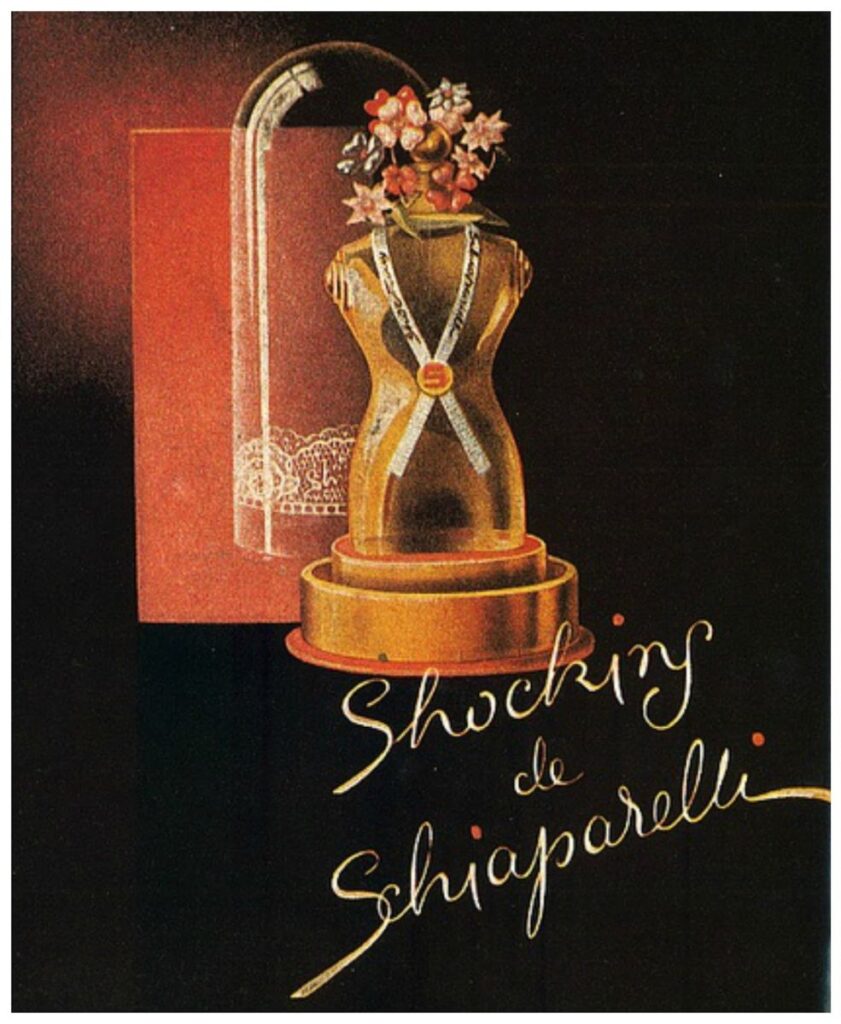
1937: Elsa Schiaparelli’s Shocking. 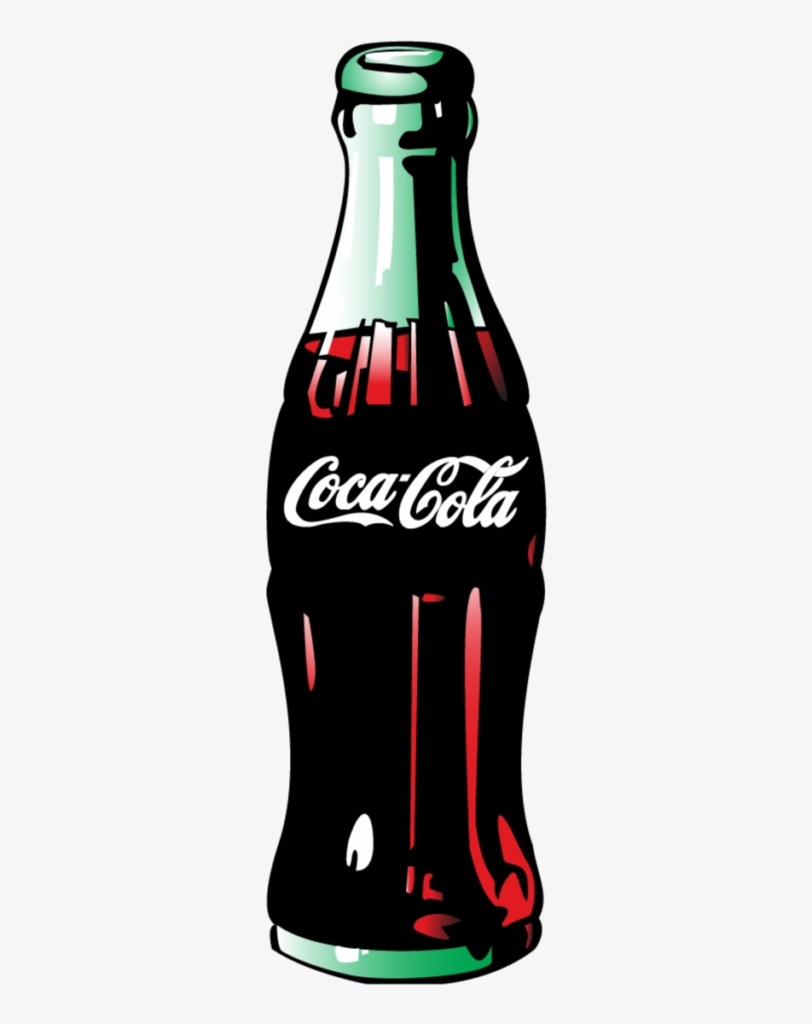
1957: Coke bottle redesign 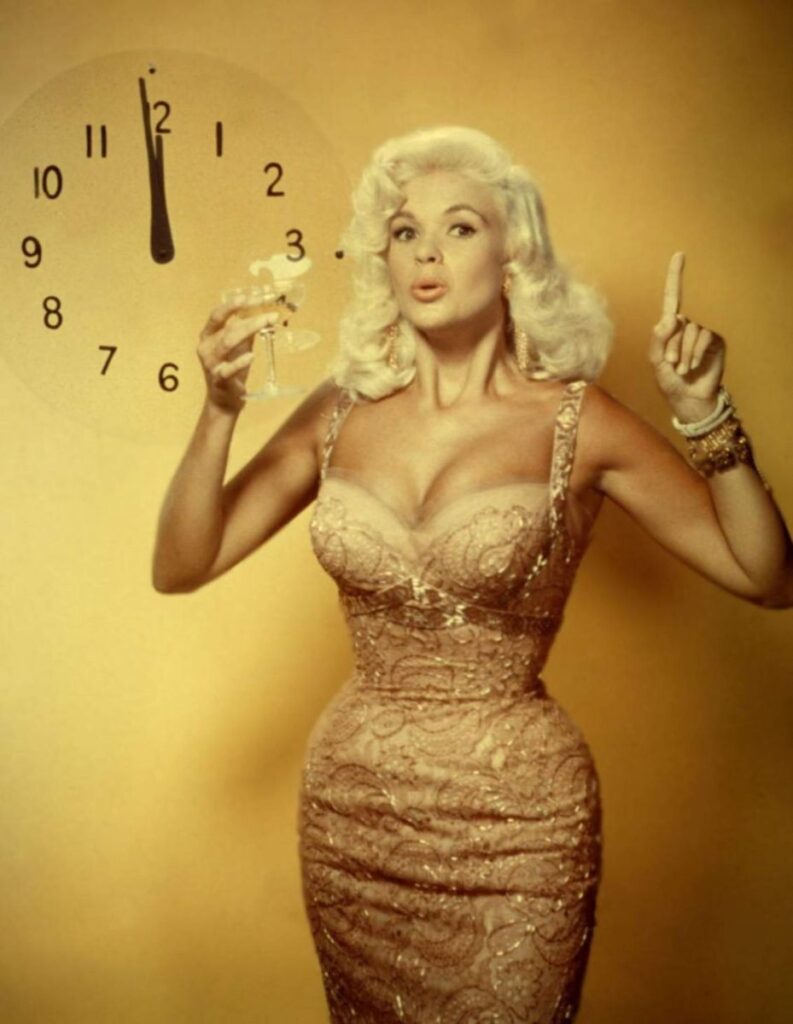
Incredible shapes from Jayne Mansfield 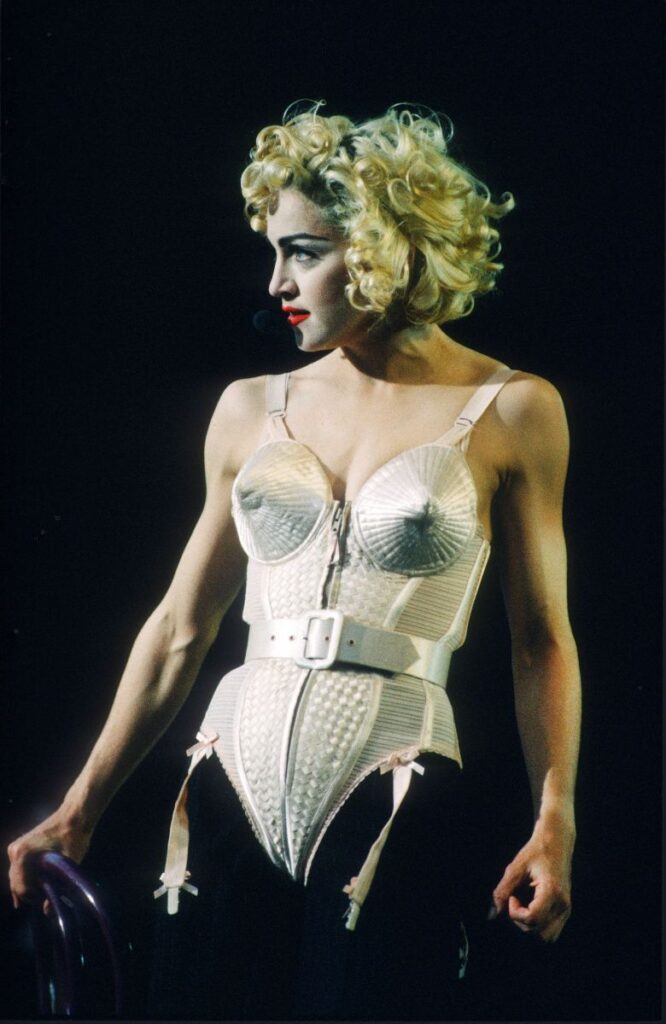
1990: Madonna, Blonde Ambition tour 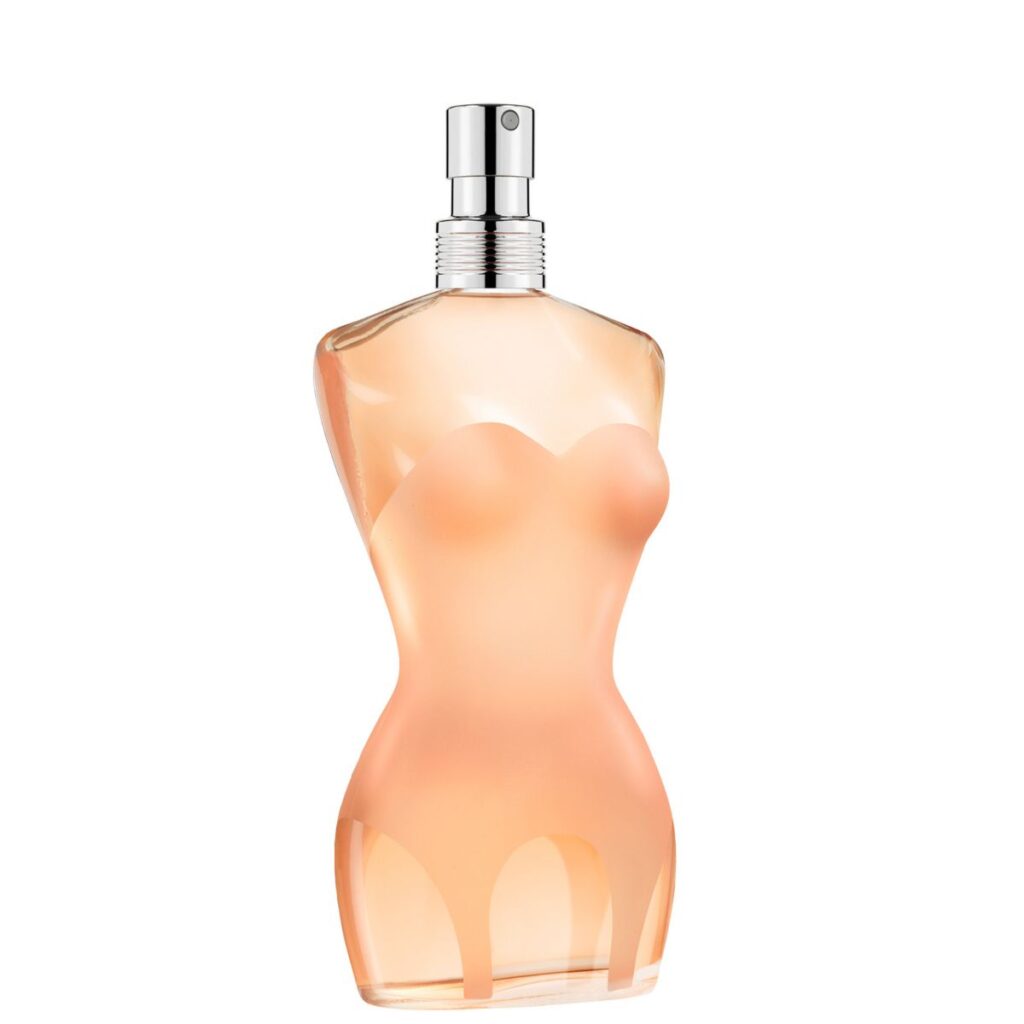
1993: Jean Paul Gaultier’s Classique.
Get your wiggle on: more curves and design.
Marilyn Monroe’s entrance in Some Like it Hot – Tony Curtis and Jack Lemmon are awestruck by Marilyn’s appearance, running down a station platform. “Look at that! look how she moves. Its just like jello on springs.”
Girl with Curves – great style blog from a big girl.
The Paps of Jura. Humans have been obsessed with breasts for millenia, for example the naming of these hills in the Scottish Hebrides.
Good design makes us happy – talk by design genius Don Norman, writer of The Design of Everyday Things.


